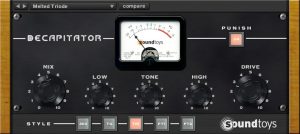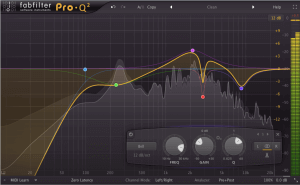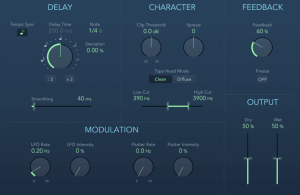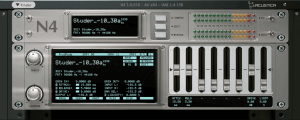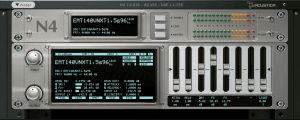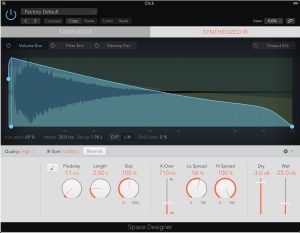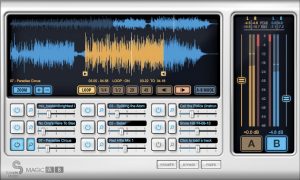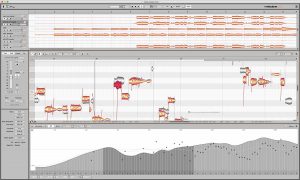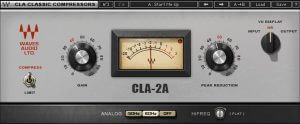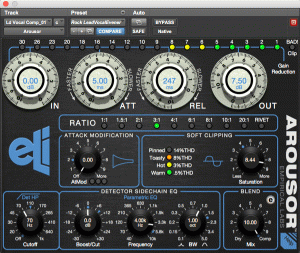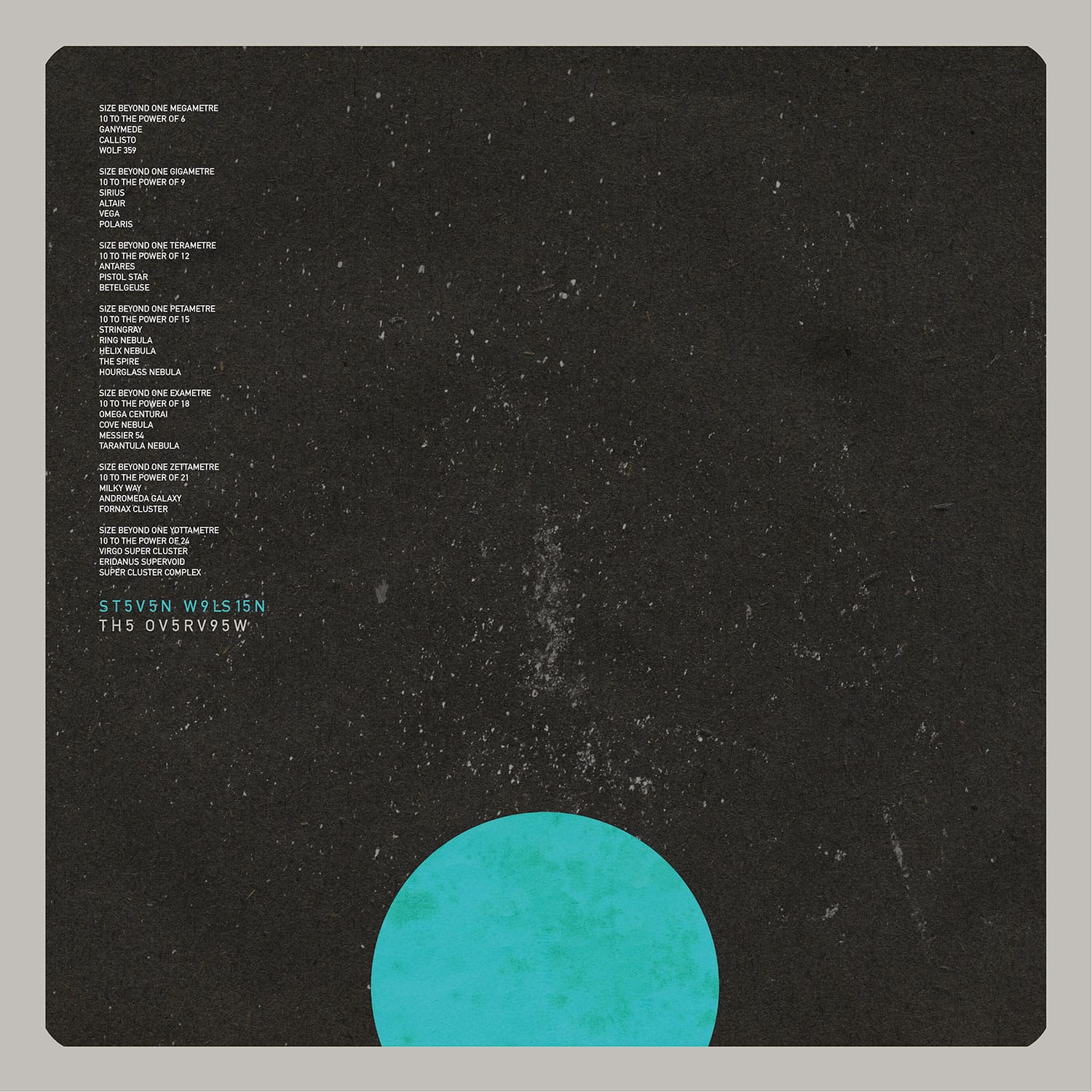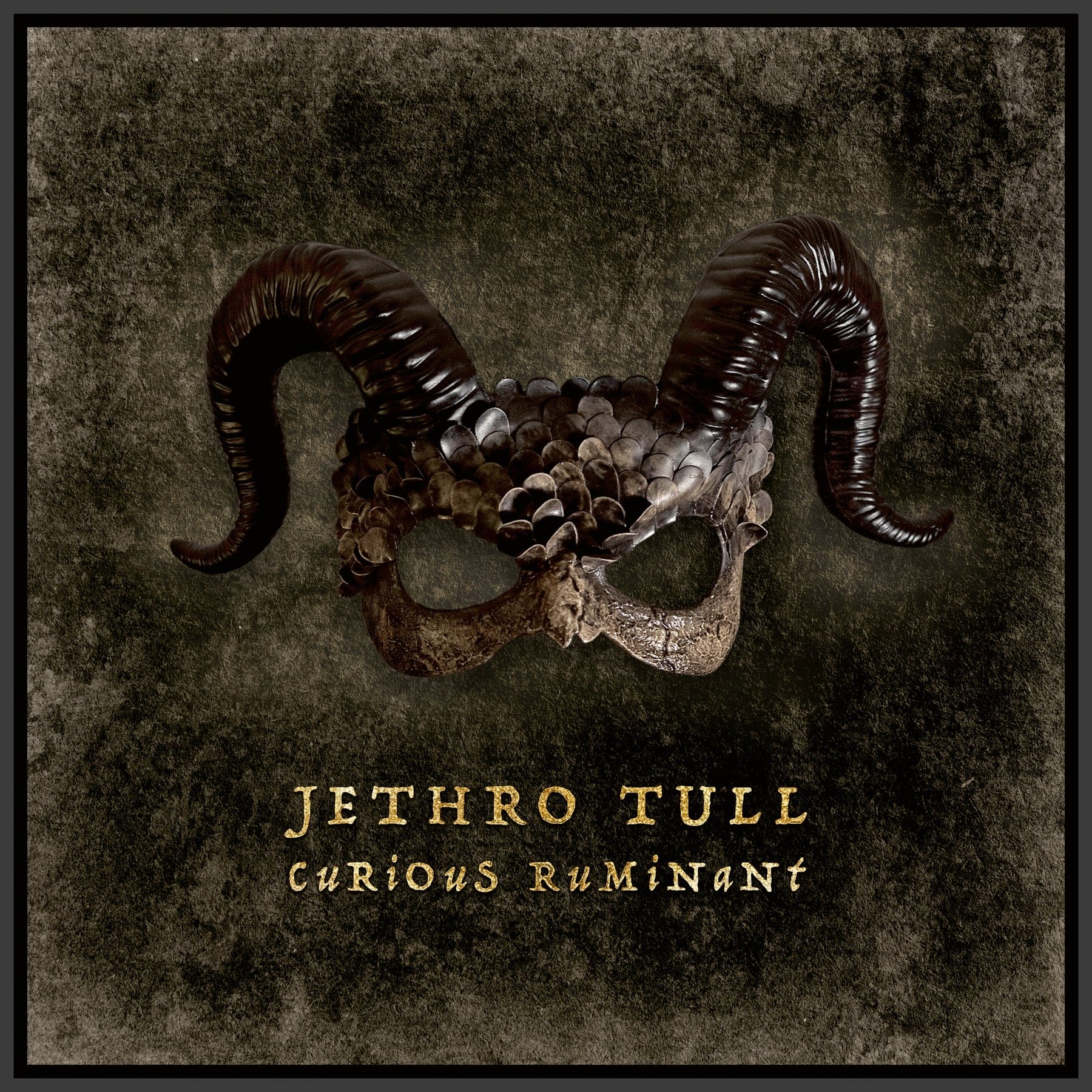If you produce music, you probably use a lot of different plugins, and have your own personal favorites. This is a list of the plugins I use the most, and couldn’t live without.
1. Soundtoys Decapitator
Digital distortion has come a long way in recent years. I will not claim it sounds exactly like an analog processor, but some distortion plugins sound really nice, and most importantly, are very useful. My favorite of all is Soundtoys Decapitator.
It has 5 different distortion modes, emulating the distortion of real machines: a tape machine, a TG EMI console, a Neve preamp, and 2 modes of Thermionic Culture’s Culture Vulture. All of the modes sound different and have their own color, so you have a large color palette at your disposal.
The distortion it produces can make almost anything sound warmer, fatter, with more harmonic content, and make it vibrant with life and excitement. It has analog vibe in spades. I can’t express how much I’m in love with this plugin.
2. Fabfilter Pro-Q 2
If you produce music “in the box”, of course you’re going to need an EQ plugin. There’s a million to choose from, so why go with Pro-Q 2? Well, for me it was a matter of trying different EQ plugins and deciding this was the one I liked the most by far.
All EQ’s I tried before always sounded to me kinda harsh, cold or sterile. Not this one. To my ears it sounds very natural and not harsh at all. I don’t think it messes with my audio signals in any negative way.
I need to be able to trust my EQ, and I have learned to trust Pro-Q 2 completely.
3. Logic’s Tape Delay
I know a lot of people will stay away from their DAW’s included plugins, as there’s not much glamour in them, and “there must probably be better plugins out there,” right? Well, I used to think that way, but now I know better.
There can be some real jewels hidden in your DAW’s own included plugins. For me one of them is Logic’s Tape Delay. It has become my usual delay of choice. Even if I occasionally reach for something more colorful like Softubes’ Tube Delay, or my own Memory Man, I will not hesitate on using Tape Delay for my regular delay work. It produces very nice repeats with emulated tape flutter and wow flavor, and all the regular advantages of a delay in plugin form, like synchronization with your DAW’s tempo.
4. CDSoundmaster Reel too Real, for Nebula
Reel too Real is a program library for Nebula. Nebula is a plugin in which you load program libraries made by sampling real hardware, (think Consoles, Preamps, Tape Machines, and Reverb Units, for example.) Through Nebula you apply these samples to your tracks, as if their signal was passing through the real machines.
The results are nothing short of amazing. I could write a whole article about Nebula. It’s one of the greatest advances in analog hardware emulation in the digital realm, in my opinion. I really think nothing comes closer to sounding like analog “in the box.” The only drawback is that using Nebula can be very CPU intensive, but I guess greatness has its price.
Anyway, Reel too Real contains a collection of sampled Tape Machines, including classic machines by Studer, Otari, Sony, Akai, and others, each one giving your tracks their own particular color.
I love the sound it gives to my tracks. It makes them fatter and warmer, and adds some kind of 3D sound to them, which is very nice. It removes the harshness that digital audio can have sometimes. I use it all the time.
5. VNXT Plate 140, for Nebula
This is another program library for Nebula. It was created by sampling a classic EMT 140 plate reverb unit.
Of all the Plate Reverb plugins I have tried so far, for me, this one is hands down the best sounding of them all. It sounds so full, smooth, vibrant, and beautiful. I honestly don’t hear a difference between it and the plate reverb sounds I’ve heard on countless classic records. The results I consistently get using it are such a joy.
6. Logic’s Space Designer
Whenever I need to reach for other type of reverb besides Plate, usually Room or Hall, I always choose Space Designer. Yes, another of Logic’s own plugins.
It’s a convolution reverb. It includes a lot of Impulse Responses, covering a huge array of different spaces and reverb types. You can then tailor to them to your need, adjusting the length and shape of the Impulse Responses, and other useful parameters, so you get to have a great sounding convolution reverb sound, with some algorithmic reverb programing advantages.
The sound is really good. You can make the reverb as dense or as transparent as you want, while maintaining its natural qualities. A favorite Impulse Response of mine is the the Hansa Studios. I love that one.
To be honest I don’t feel the need to try other celebrated reverb plugins, like Altiverb, Seventh Heaven, or Spaces, though I will try them eventually, if just for pure curiosity.
7. Sample Magic Magic AB
If you have ever mixed music, you probably understand the importance of having a reference track to compare your mix to. Magic AB makes this process really easy, by having a plugin that you insert as the last plugin in your master bus, and load your reference tracks from there.
You then press a button on the plugin to switch on the fly between the audio from your own mix and the reference track. It also includes a very useful meter that shows and compares the audio levels from both signals. You can also adjust the gain of the reference track to make it match your own. That way you can easily get a very accurate and real comparison between the 2 tracks.
8. Celemony Melodyne
Pitch shifting is one of the most important breakthroughs in audio history, and I believe that Melodyne is the best sounding of all the pitch shifting plugins out there.
Logic includes its own pitch shifting ability, (named Flex Pitch,) which is good also, and it’s nice to use because it’s already incorporated in Logic’s tracks and workflow. I use it whenever I need to do a quick and simple pitch correction, but I always get the best pitch shifting results from using Melodyne.
I reach for Melodyne every time I need to do a bigger or more featured correction. It’s always a joy and a bit of a surprise to hear the consistently awesome results I get from it.
Comparing it to Logic’s Flex Pitch, I’d say Melodyne’s results are smoother and a bit more accurate. Depending on the track and the intensity of the pitch shifting, this difference can range from inaudible to obvious.
9. Waves CLA-2A
I use Waves CLA-2A, an emulation of the famed LA-2A hardaware compressor, not so much for the signal leveling it does, but for the color and thickness it gives to my tracks. Everything that passes through it comes out fatter, smoother, bigger, and with a color which I find very pleasing.
I sometimes use it by itself, but I love using it in combination with a quicker compressor before it, to handle the signal leveling. I do this especially on vocal tracks, which is an old trick by audio engineers, and produces some very nice results.
10. Empirical Labs Arousor
This is probably my favorite plugin ever. I use it on every mixing project I do, and every time I need to reach for a compressor it’s always my first choice. I use it on anything, be it single tracks, buses (like the drum bus,) and even on the master bus.
Inspired by their own Distressor hardware unit, Empirical Labs made an amazing sounding plugin. The compression is great. It makes everything kind of more solid, thicker, and smoother, in a very focused way. It can give signals a kind of presence, too. It can add great vibe and excitement to your tracks, and make them sound so much better.
Arousor can do more than just compressing. It has a knob to add a bit of some very tasty distortion, which is very useful. It also has a pretty handy dry/wet mix knob, which I don’t understand why is not a standard feature in all plugins, really.


